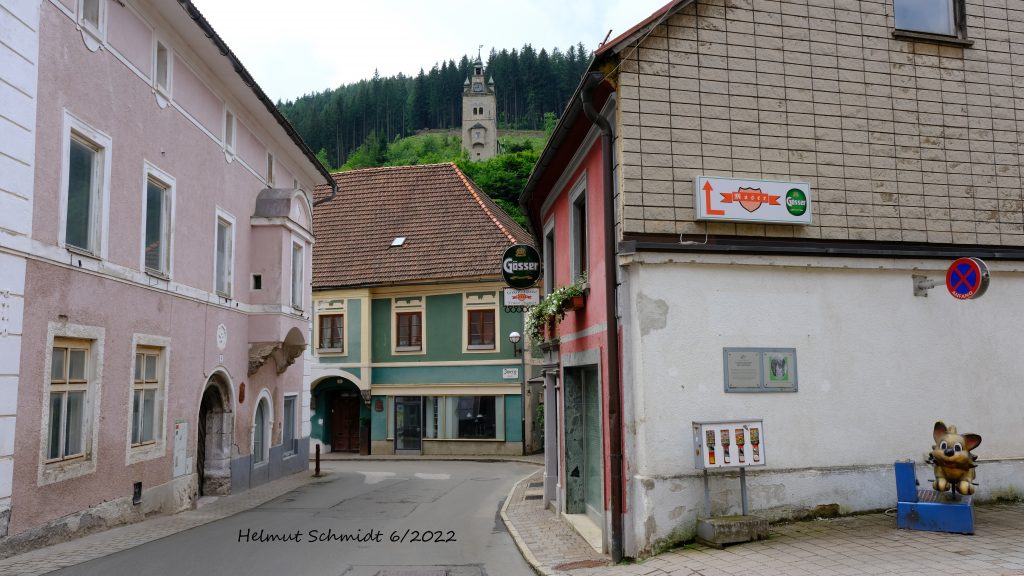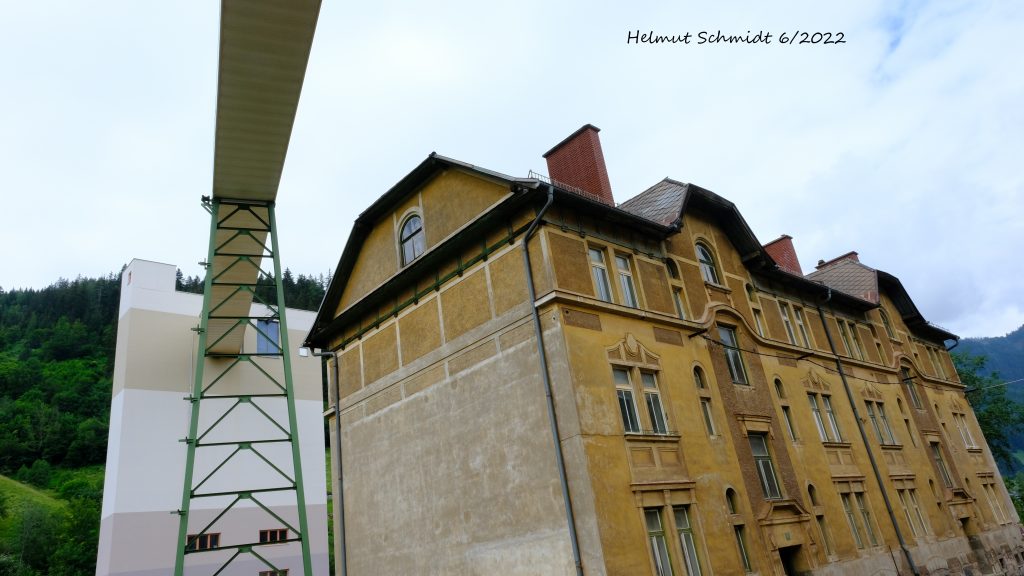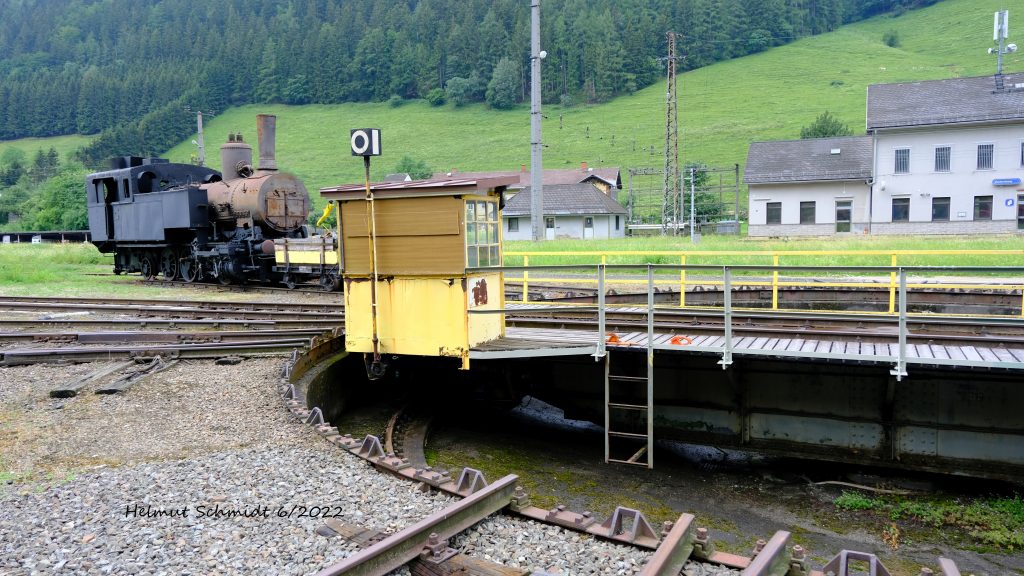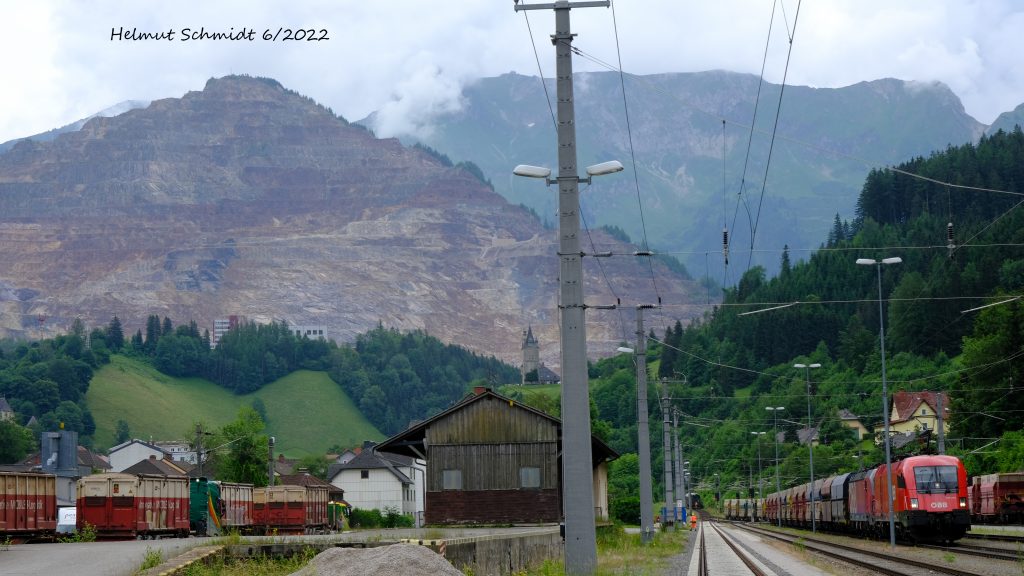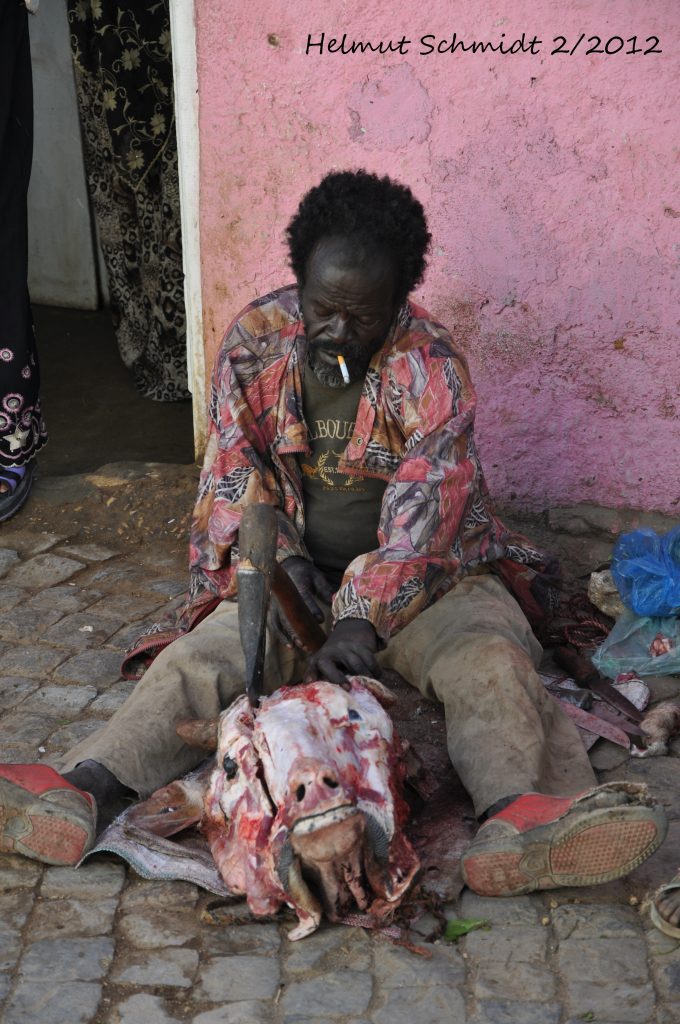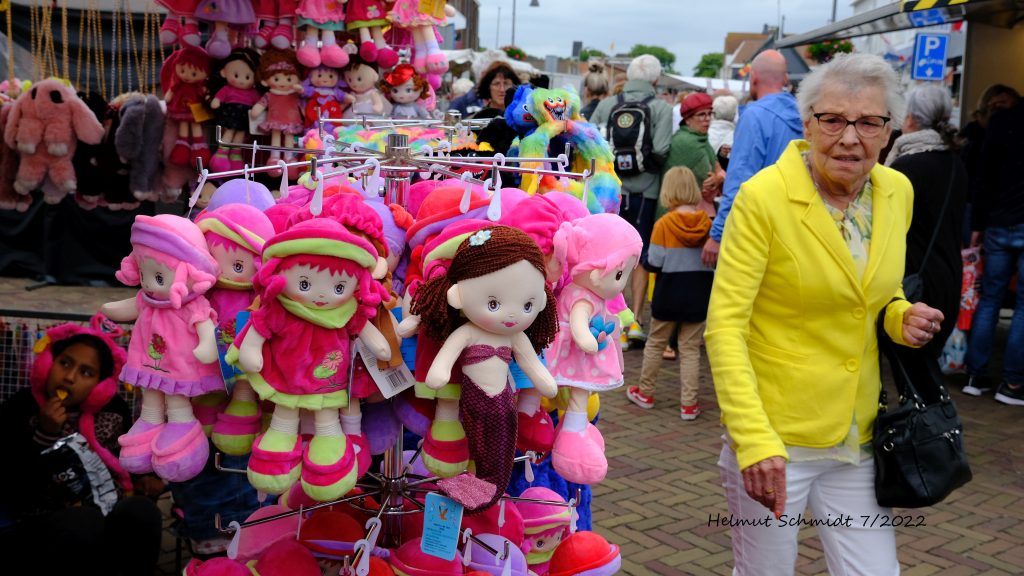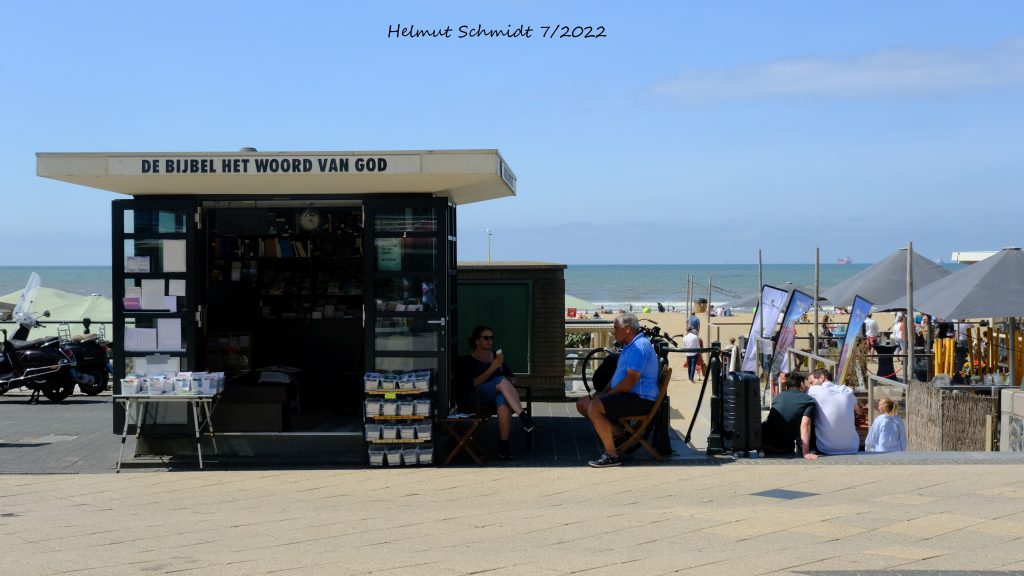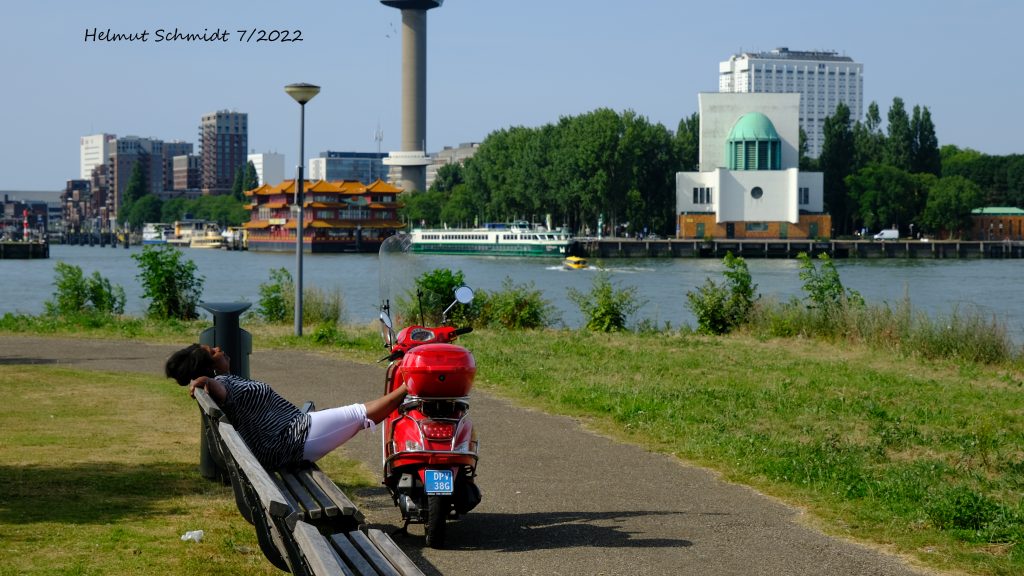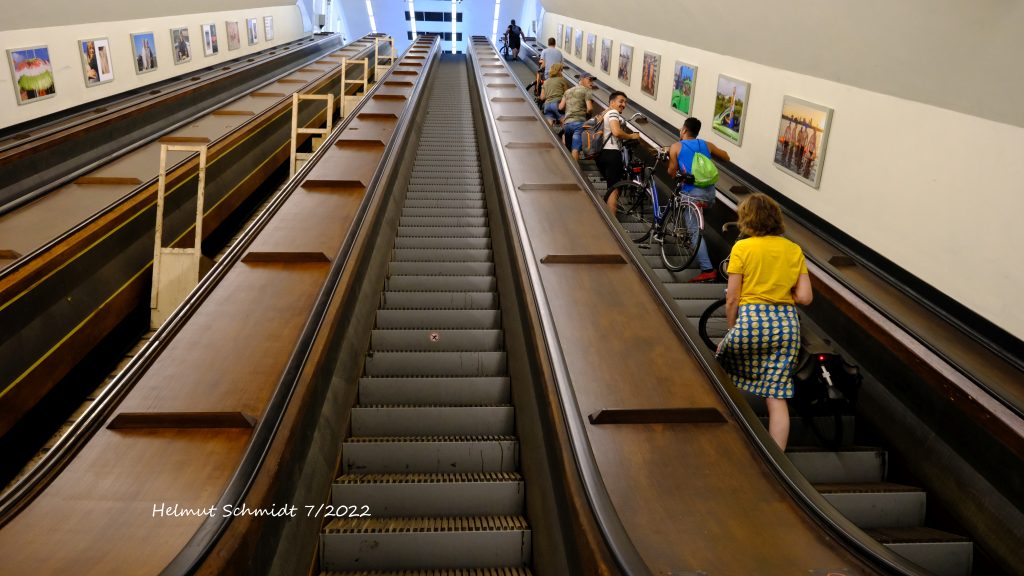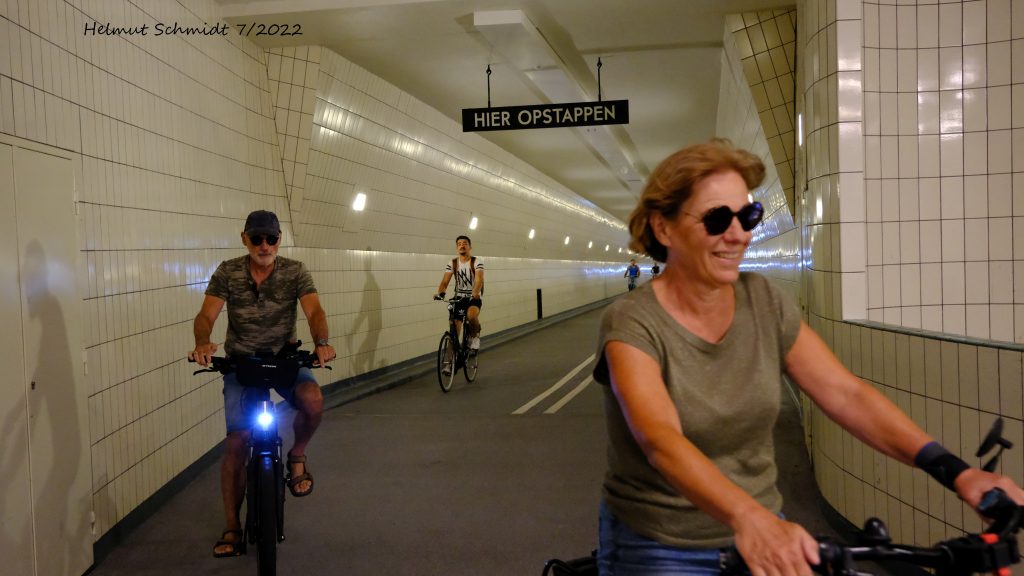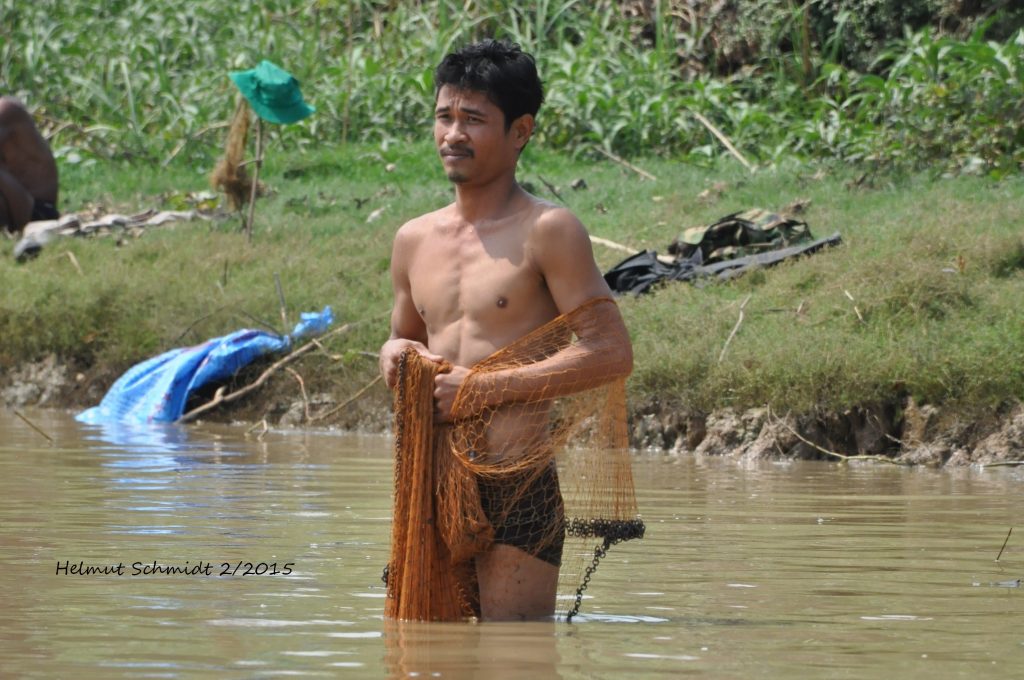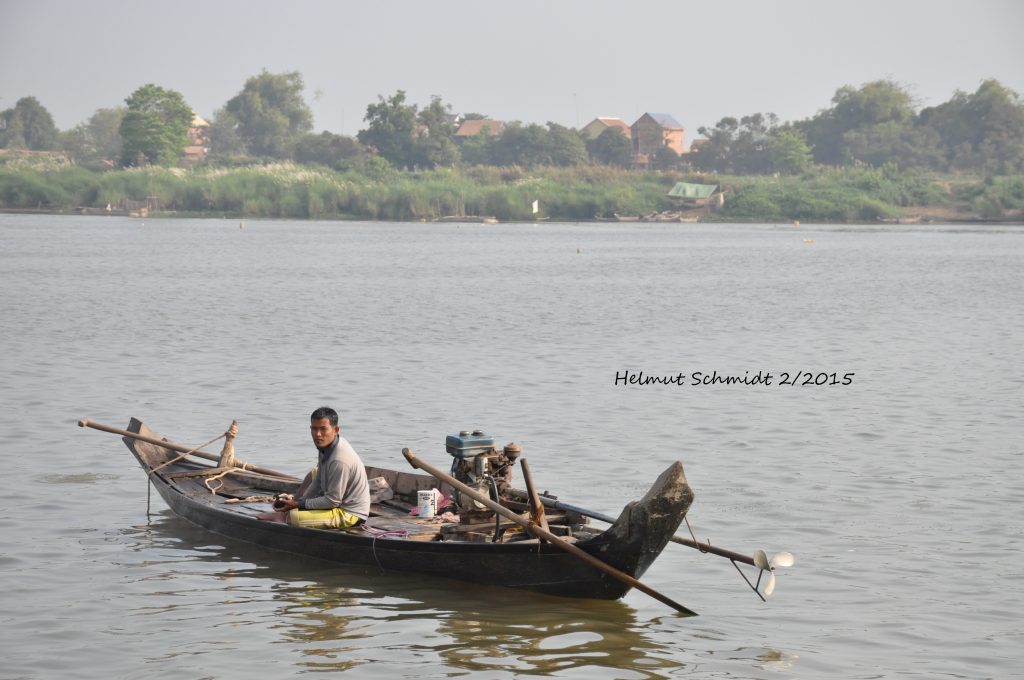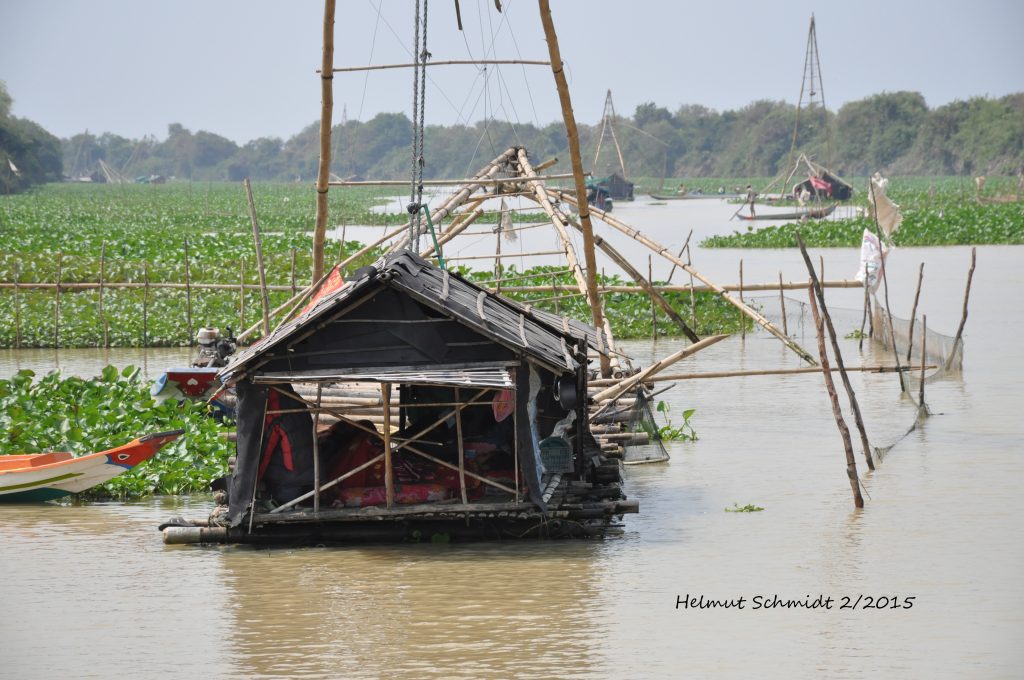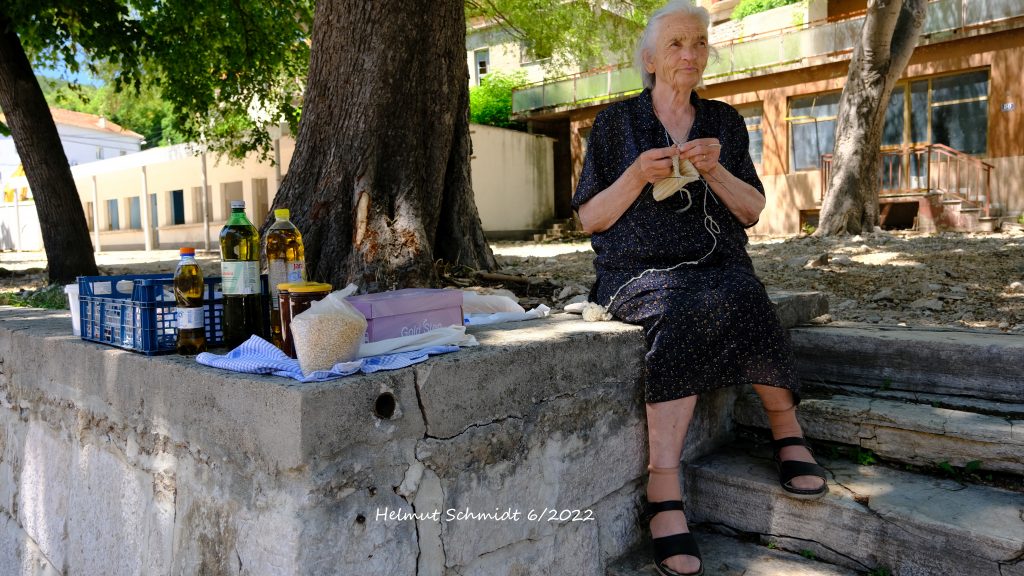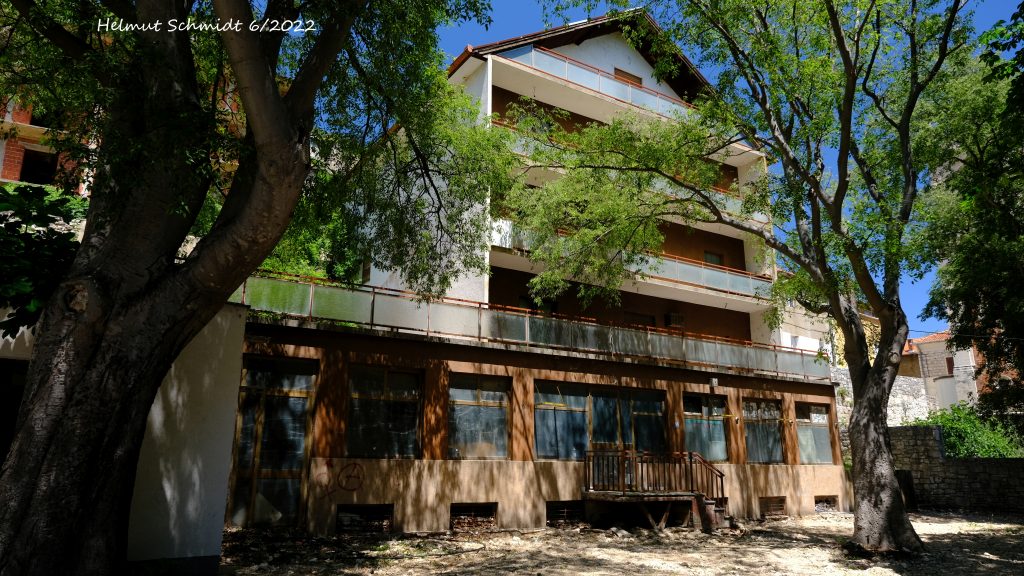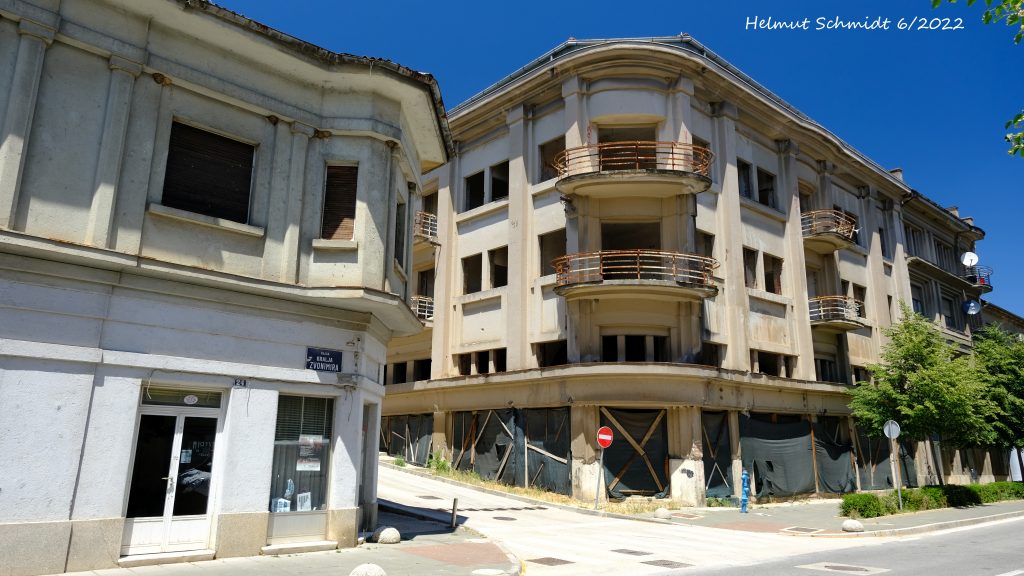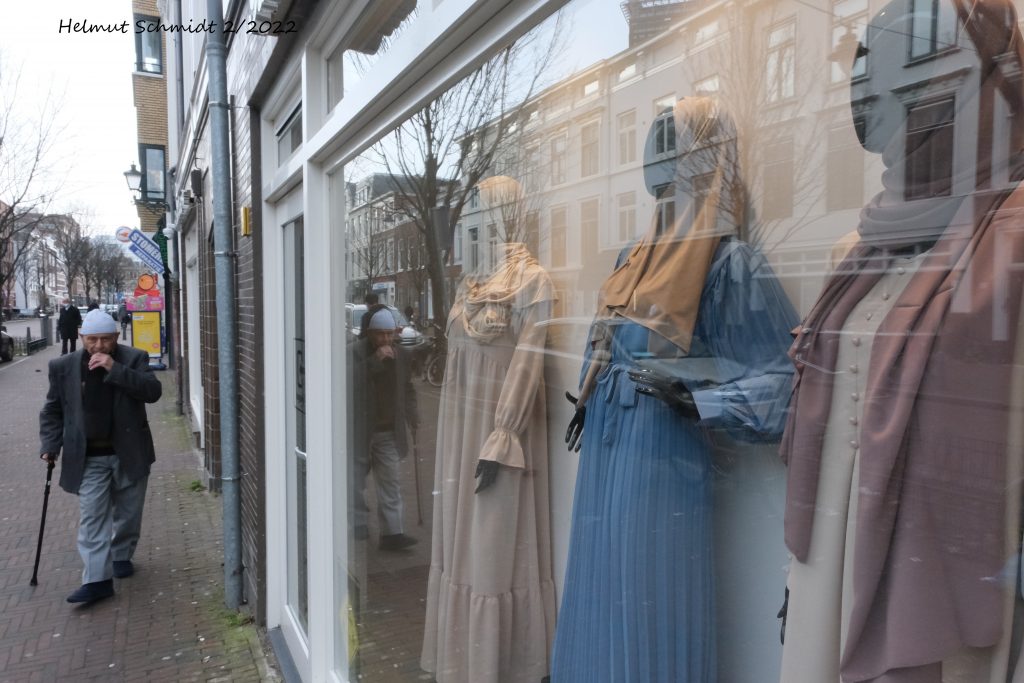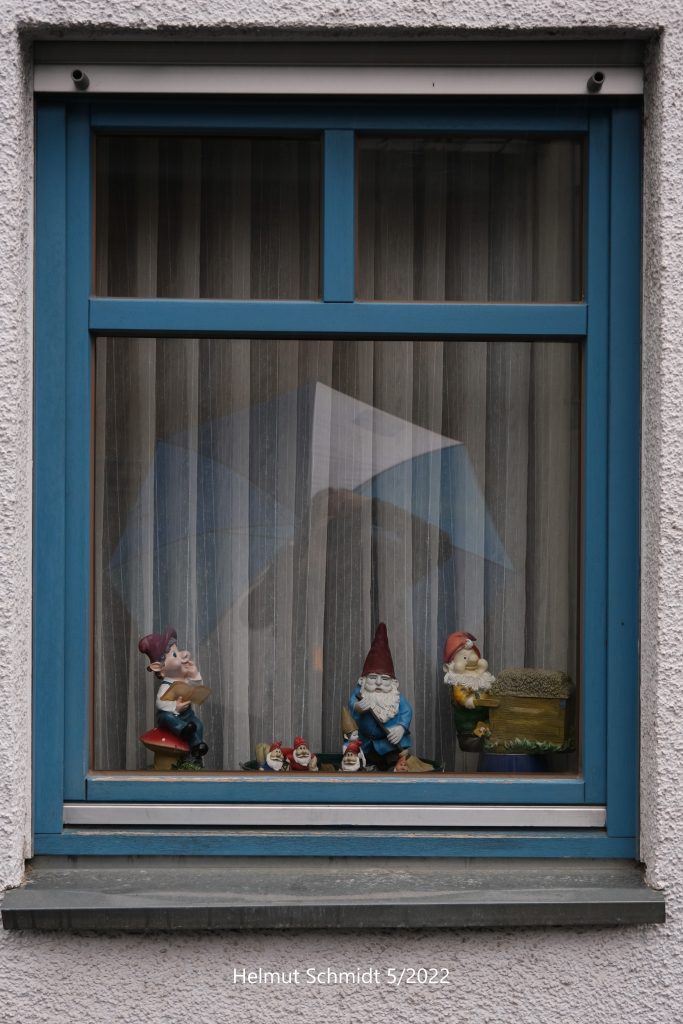Utklippan is Sweden’s most south-easterly group of islands. There are two, Norraskär and Södraskär . Between the islands is a sheltered harbor, built in the 1940s as a refuge for fishermen. There are houses on Södraskär where the lighthouse keepers and their families lived from 1840 until 1972.
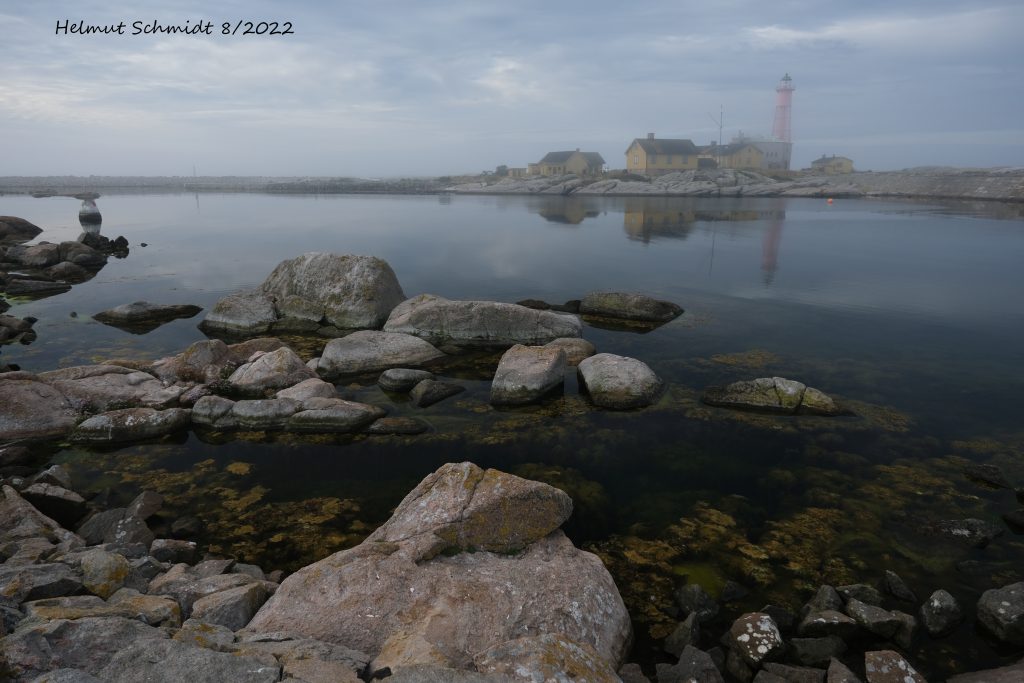
On the island Södraskär was a quadratic defense tower, which would be armed with four canons and defended by twenty men in times of war. A manned lighthouse was built between 1839 and 1842. An Iron framework mounted on the old lighthouse tower, was added.
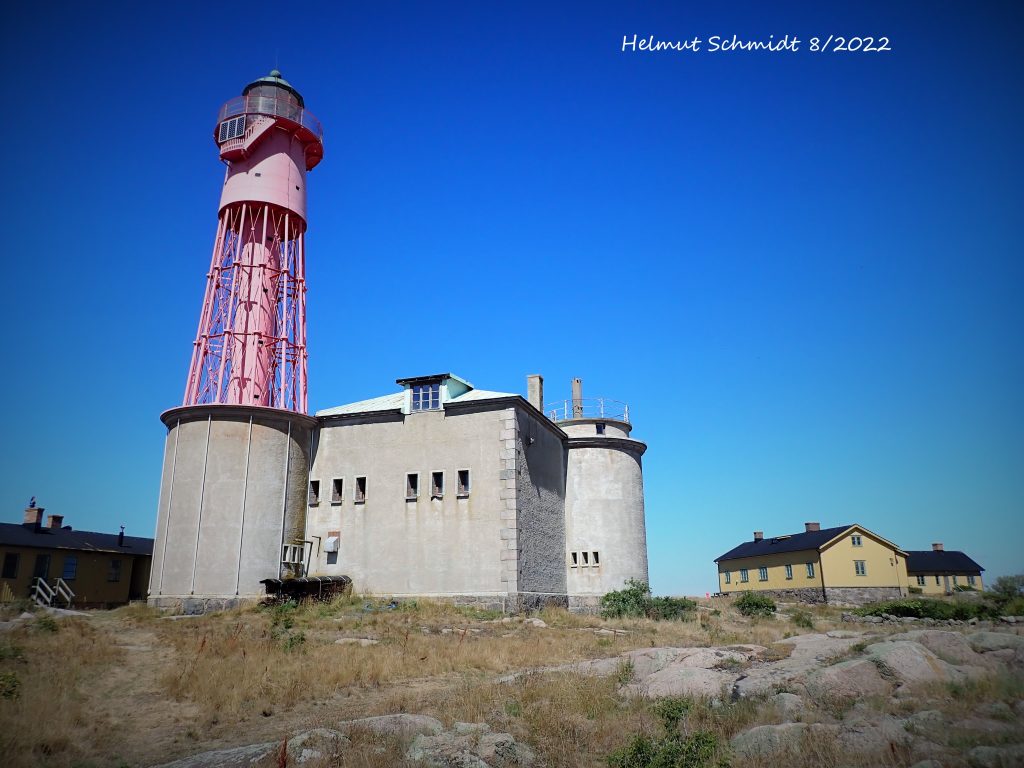
Today the lighthouse is out of order. On Södraskär, the former lighthouse keepers buildings and barracks were converted to a youth hostel including sauna, a sailor’s bar and an ornithological station. The youth hostel and bar are closed. With fine weather visitor’s come with their own boats, with bad weather entrance into the harbor is too dangerous.

